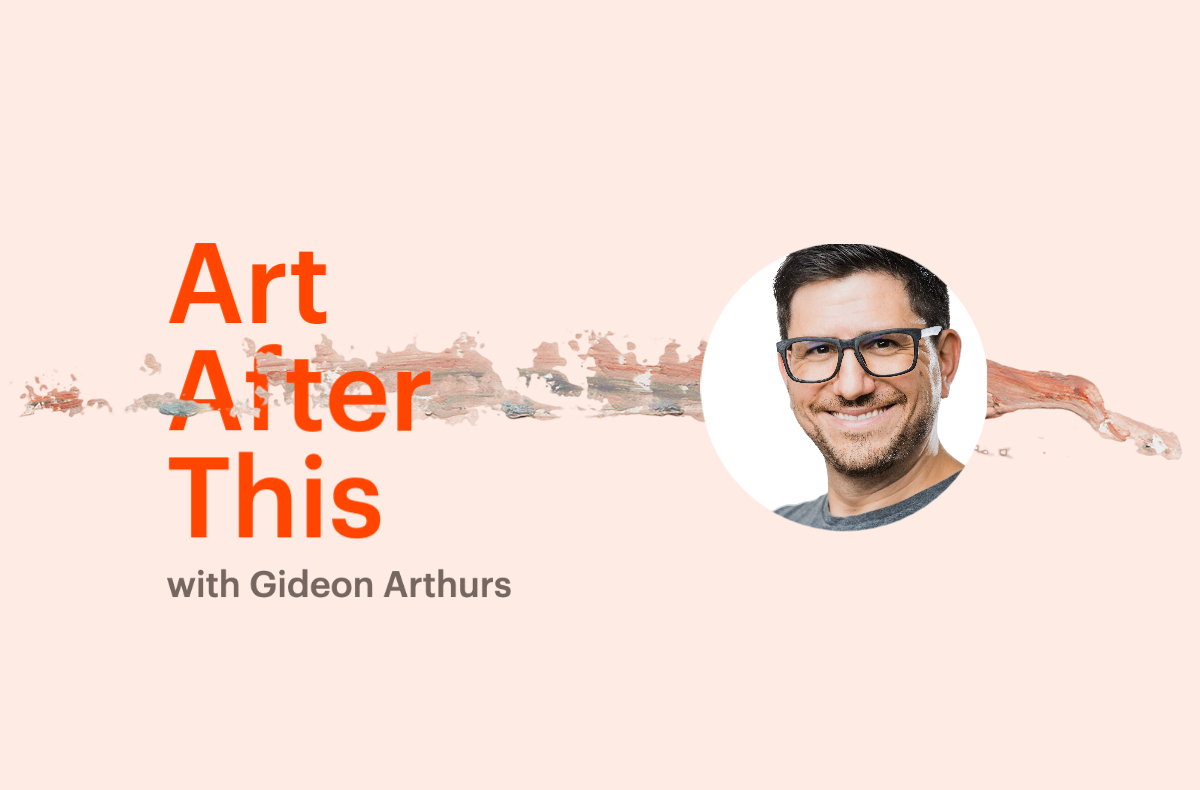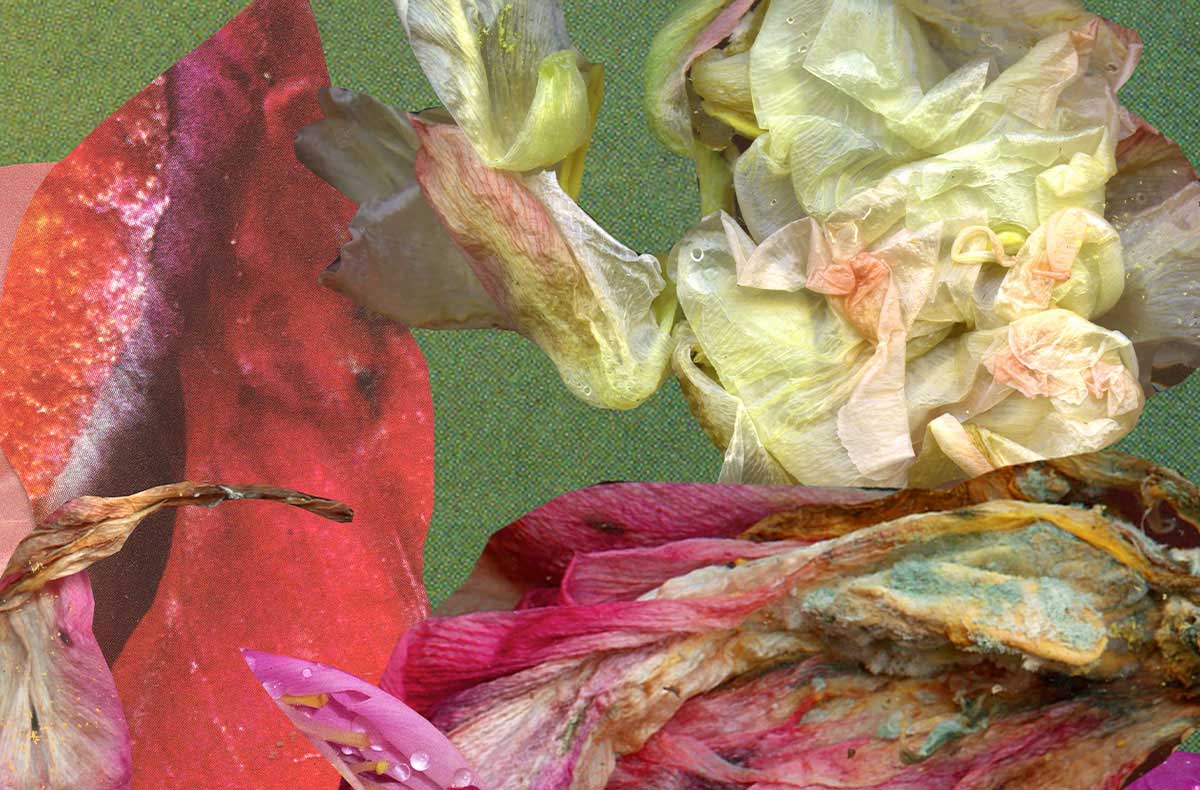By David Maggs, Metcalf Fellow on Arts and Society
Henny Penny means well when she gets hit on the head by an acorn and runs around telling everyone the sky is falling.1 In my last dispatch, I suggested cultural nonprofits may be facing fundamental questions of viability, and that, if this is the case, current responses remain insufficient. As a result, some have felt that I, and others of similar spirit, are sewing unnecessary panic in the wake of the pandemic. The storm has passed, Henny Penny, go sweep up the acorns and stop distracting the farm from its work.
On my way back to the henhouse, however, a page of the Los Angeles Times drifted to the ground, announcing the “pausing” of L.A.’s primary regional theatre, while documenting similar patterns across the United States. “One thing has become painfully clear: Regional theaters need to dramatically shift the way they do business if they are to rise from the smoldering ashes of the pandemic closures.”2 So was that really just an acorn that hit us on the head, or is something more troubling afoot?
I was grateful to have an hour with Gideon Arthurs on this dilemma. As former CEO of the National Theatre School, current executive director of Soulpepper Theatre, and devoted husband to playwright Erin Shields, Arthurs sees our sector from many angles. What was his response? Are these troubling patterns canaries in our coal mine? Or are we Henny Pennies, putting our love of the dramatic in all the wrong places?
“We’re not even talking pandemic or post-pandemic anymore,” answered Arthurs emphatically. “It’s a new reality. There’s no going back to that old model. It’s gone. The people who provided us with the resources to extend that model as long as they did, they have left the building. And they’re not coming back.”
“Not the most optimistic beginning,” I mutter.
“Well, if I feel any optimism at all right now, it’s that after the forest fire comes the opportunity for new growth. I actually think there is a real chance for arts organizations to explore that in ways that haven’t been possible before.”
In other words, Arthurs finds himself not just questioning what his company needs to do in order to thrive in the near future, but what his company needs to be in order to do so: “My desire is to not lose this chance, not to let it pass us by. This unusual opportunity to rediscover who we are,” he explains, but hesitates. “Yet I always need to remind myself that these discussions can feel like we are minimizing the very real trauma people have experienced recently. I can’t let myself forget how depleted people feel, how tired they are — this is going to take time.”
“What is?” I ask, eager to know where his desire for discovery is leading him.
“Well, if I were to define the essential purpose of an arts organization, it would be service. Service to community. But this definition has significant implications. The theatre world can barely imagine itself operating outside the tradition of the artist as the exceptional, essential genius from which the rest of the arts sector’s purpose emerges.”
Arthurs is not alone in questioning the assumption that the artist is the sun around which our companies, boards, funders, policymakers, and audiences orbit. But if post-pandemic times are to be understood in Copernican terms — that our cosmology is about to flip — what is it flipping towards? Around what might it revolve instead?
“Well, if you really just want one word,” Arthurs responds, “it’s the audience, right? But if you call that audience by another name, like community, then you get a sense of how unprepared we are for where we might be going.”
“How so?” I ask.
“If I walk out the door of my theater and ask strangers on the street, ‘do you know that this theater exists, and do you think it’s contributing to the public good?’ I can tell you nine times out of 10 the answer is, ‘no, I don’t know it exists, and no, I don’t think it contributes to the public good.’” Meaning that if we are going to accept the Copernican revolution being imagined by leaders like Arthurs and others, we better consider what it looks like in practice.
“It means we have to walk two paths at once,” he suggests. “How do we make the work sustainable? And how do we make it matter outside our own self-referential bubble?”
My quick assumption here is that we get sustainable by getting relevant. Audiences return to things that matter to them. Curiously, for Arthurs, the process for getting there is precisely the reverse. “I dream of a world where artists are well-enough taken care of that the work they do can be in service to community, instead of artists whose lives are so precarious that all they can do is tell their own story to their own select group of people. If we had business models that made sense, we could have an environment where artists engage in the deepest desires of our communities rather than the current obsession with the self. Everything is about the self right now. The only story that people can tell is their own.”
“And if the deepest desires of our communities are for bowling alleys?”
“I would love a theatre that is more like a bowling alley!” Arthurs shouts, “I really would. And I don’t understand why bowling and theater and yoga and wine and food can’t all come together in a much more dynamic way. My dream would be that from 8 am to 11 pm Soulpepper is open, seven days a week, and that at any given hour there’s something happening in this building that you can pop into. And some of it is art of the highest quality with extraordinary artists, and some of it is a clothing swap, a yoga class, or after school drop-off activities, intergenerational projects, or, right now, we’ve got a voting booth downstairs. We’re a polling station.3 That’s what we should be.”
“Aren’t you worried something gets lost in the process?”
“Well, frankly, I hope a lot of things get lost in that process. But what I am confident will not get lost, is the thing that we offer that a bowling alley cannot. The portal to the liminal space, that space of undefined, open, emergent possibility that defines us as humans. That’s our unique value proposition. Can we use these things — bowling, wine, eating, voting, clothing swaps, daycares, and other acts of community-building — as entryways to the essential power that only the arts can offer?”
“Art and life?” I wonder.
“We need to put them together in more potent ways than we have ever managed to combine them before. It is how we can protect a part of ourselves and our societies that are under very serious attack right now. The human space of our imaginations, which is being monetized and extracted by mega-corporations who hate our humanity. We have to reclaim that territory and allow people to reoccupy. I didn’t come up with this, but it is so clear to me that we are living in an era where the last set of resources is being extracted, and that set of resources is our emotional selves, our human selves. What is driving the largest companies in the world right now? It’s our attention, our anger, our jealousy, our FOMO. Those ugly, invasive, rapacious tools are literally going into our brains and beta-testing how to manipulate us into giving over more and more of ourselves in order to make them money. It’s not just our lands, not just our resources, not just our time, not just our bodies, but our inner landscapes that are being colonized by these companies. Yeah?” Arthurs whacks the table in front of him hard. “If I have to abandon certain definitions of what an arts organization is in order to try and stand in the way of that? You won’t have to ask me twice.”
We sign off with an even clearer sense of the work that lies ahead, with an understanding that we will be met by those who insist it is misguided or misplaced, with the ongoing dilemma of what is baby and what is bathwater in this urgent moment of change, and with the certainty that we will fail more than we will succeed in trying to find our way out. But the one thing we do not sign off with, is any further question as to whether those are acorns you are hearing on your roof.





